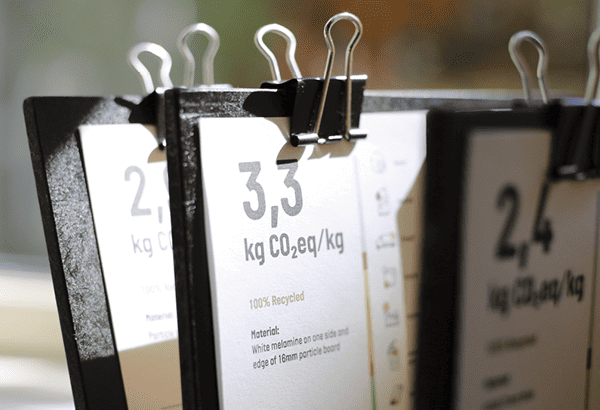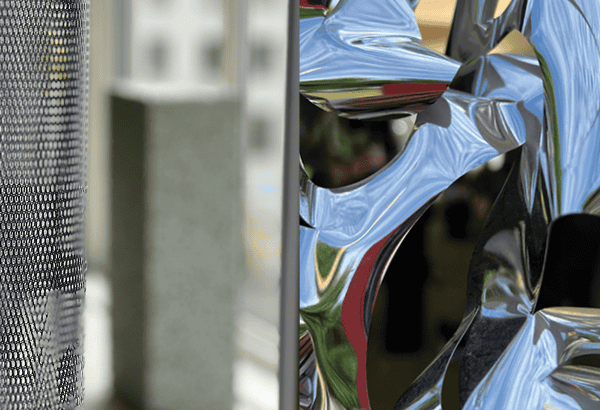
Making climate footprints visible and understandable
Reporting from 3daysofdesign 2025
During this year’s 3daysofdesign, Målbar had the pleasure of supporting several of our customers in conceptualising their climate insights.
They were not only showcasing products but also highlighting the environmental impact behind them.
Visitors were met with large posters showing the climate footprint of products. The presentation was not just a single number, but a breakdown of where the emissions come from, all the way from raw materials to end of life. It turned complex climate data into something easy to grasp.
“I think it is important that everything we claim is backed up by solid data” – Julie Carlsen, Sustainability & Compliance Manager at Please Wait to be Seated (Eva Solo)
These exhibitions didn’t just look good; they started meaningful conversations. Designers, manufacturers, and visitors alike engaged with questions such as:
What drives a product’s climate footprint? How does the company work with these climate footprint data? And what role does design play in shaping emissions?
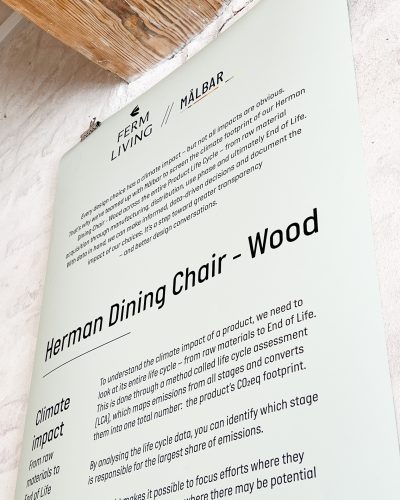
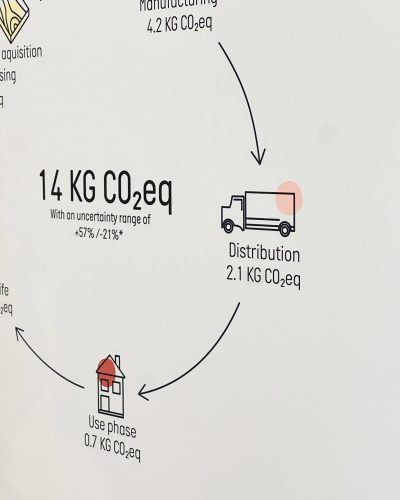
Raising awareness and the competitive advantage of working with data
By putting data on display, our customers showed that it’s possible to move beyond vague green claims and instead communicate concrete, quantifiable insights. As Louise Mørk, Head of Sustainability and Compliance at HOUE, explains, this transparency is not just about showcasing numbers. It’s a way to document ongoing efforts to reduce climate impact and demonstrate that our company is equipped to deliver credible data to partners.
At Please Wait to be Seated, the ambition is similar. “We want to raise awareness about the climate impact of products, and we want to encourage transparency and knowledge in terms of products and the drivers behind it,” says Julie Carlsen, Sustainability & Compliance Manager. Data and knowledge, she adds, are essential; not just for internal decision-making, but also for consumers.
This kind of transparency supports more informed decisions for those who design and for those who buy.
Navigating green claims towards the private consumer
Clarity is crucial from a legal perspective. In most countries, Denmark included, businesses are not allowed to label products as “climate-friendly” unless they can substantiate that claim with precise documentation. This is why we always encourage our clients to stick to verified figures and avoid generalising claims that could mislead.
We asked our Head of Communications, Sasisa Singarasah Bylov, how she and her team worked with this concept to assure compliance regarding communication to the private consumer.
“It was crucial for us to make sure the concept fully complied with current green claims regulations. That’s why we initiated a number of internal and external processes to get it right. From our daily dialogues with our customers it’s not something most companies can navigate alone, but it’s exactly where we can support and guide our customers”.
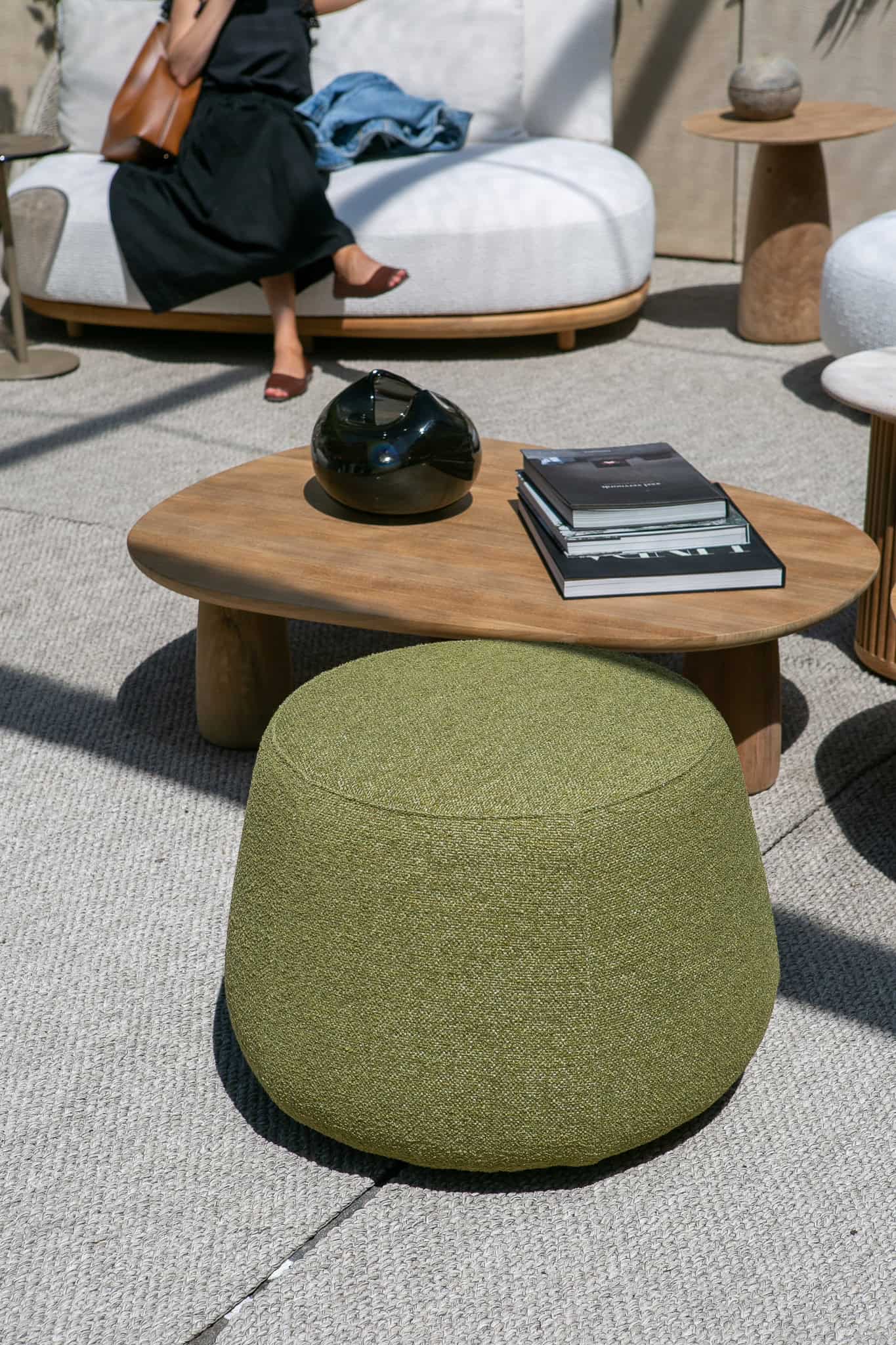
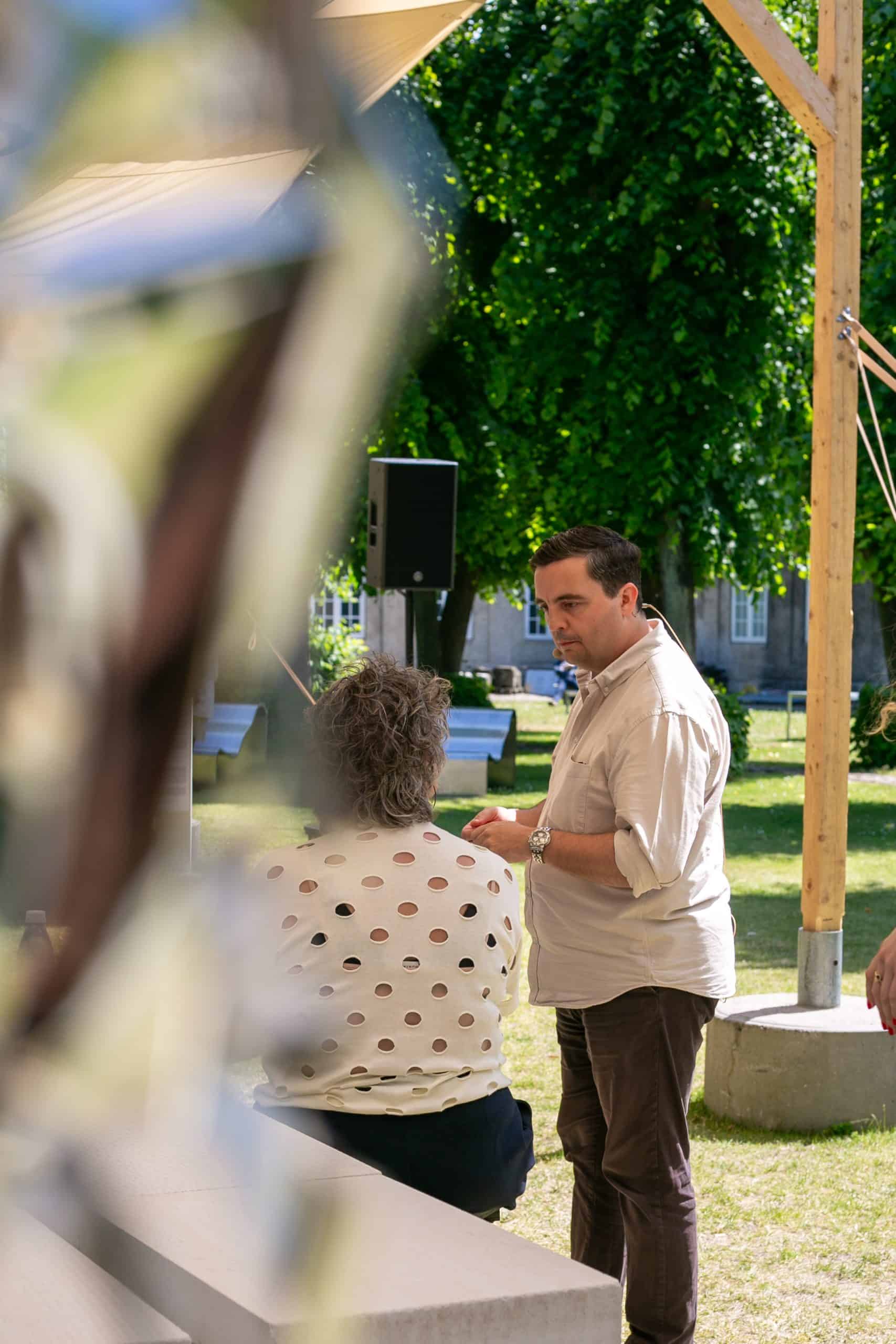
So where do we go from here?
At Målbar, we believe that clear and comparable climate documentation is key to accelerating the green transition in the design industry.
And we’re not alone. This year’s exhibitions proved that both the industry and the public are ready to engage with climate data when it’s made visible, credible, and relevant.
Målbar helps transform climate data into clear and relevant communication. We always recommend following national regulations on green claims.
We encourage everyone working with product communication to explore the Danish Consumer Ombudsman’s guidelines — and to use tools like ours to ensure that climate claims are both well-documented and relevant.
The real climate effects of many of these initiatives can be measured with Målbar’s climate screening tool. Contact us today to learn more about what we can do for your green transition.
These are our recent observations and experiences. Trends and tendencies are ever changing and constantly evolving.
